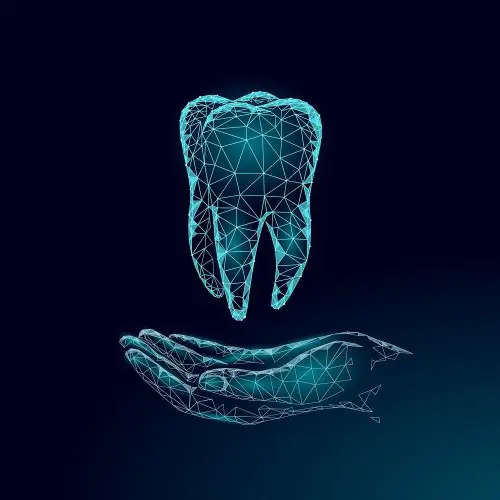
Technology in the dental field is ever-changing, so we make sure to stay on the cutting edge by integrating state-of-the-art equipment into our practice. This allows us to diagnose with more accuracy and treat patients with less pain and in fewer visits. It also equals less time in the dental chair and a more comfortable experience from start to finish. We use only the best materials and methods to ensure stunning and reliable results time after time.
At Worcester Cosmetic & Restorative Dentistry, we’re dedicated to making sure that our patients have a convenient, positive, and stress-free experience. From our warm, welcoming lobby to our modern treatment rooms, you can rest assured that our team will take great care of you!
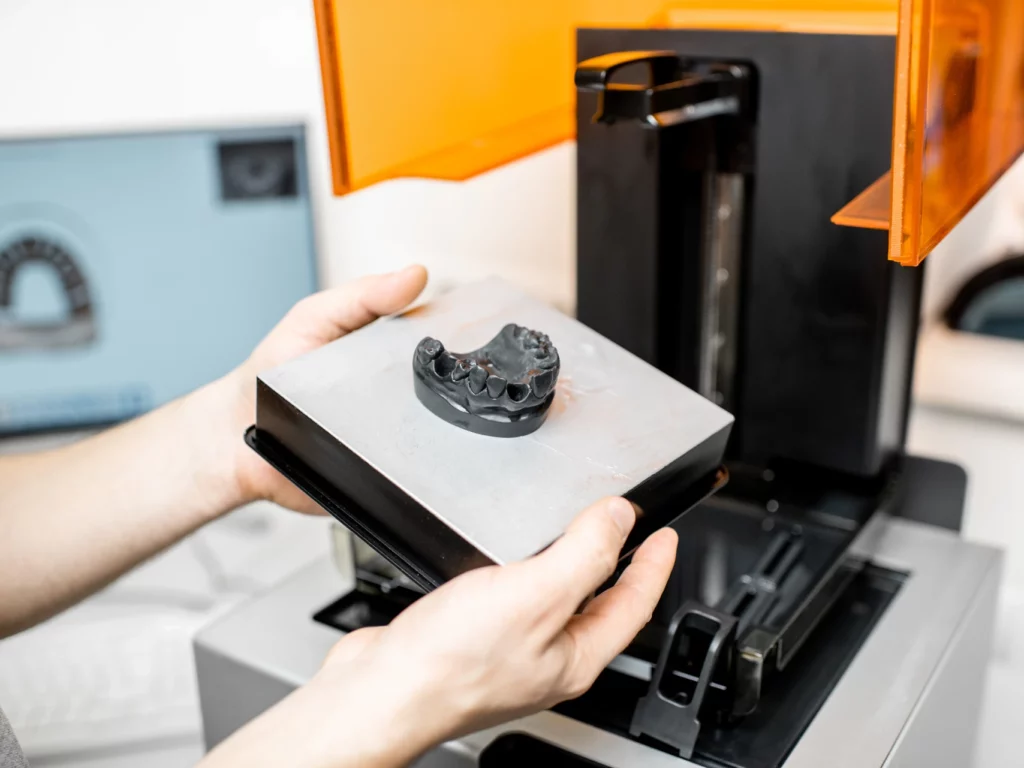
One of the primary benefits of 3D printing in dentistry is its accuracy. Dental professionals can design crowns, bridges, dentures, and orthodontic devices using computer-aided design (CAD), ensuring a perfect fit with fewer manual adjustments. This leads to more effective treatments and greater patient satisfaction.
Efficiency is another significant advantage. 3D printers can quickly produce complex dental items with minimal manual labor, reducing patient wait times and increasing productivity in dental practices. Additionally, 3D printing’s versatility allows for a variety of materials, from biocompatible resins to metals, enabling a broader range of dental applications.
Cost savings are also notable. By reducing outsourcing and minimizing material waste, 3D printers can lower production costs for dental practices, leading to more competitive pricing and more sustainable practices.
In summary, 3D printers are a game-changer in dentistry, offering a flexible, efficient, and accurate solution for creating dental appliances and models. This technology significantly improves the quality of dental care and enhances the patient experience.
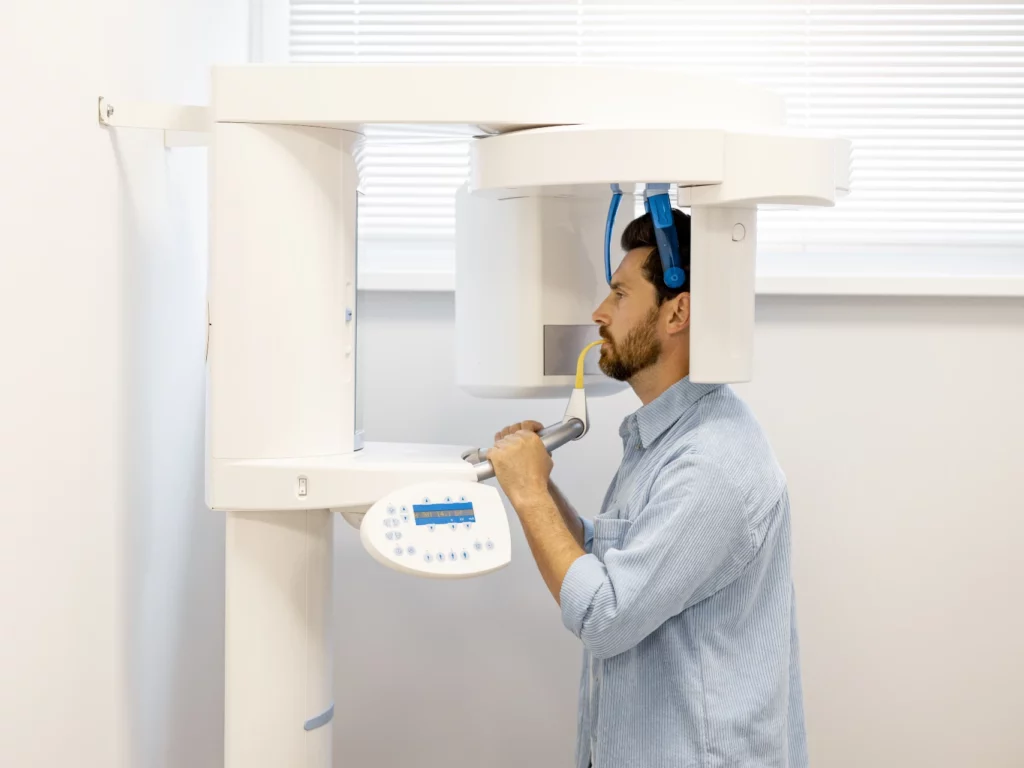
CBCT stands for ConeBeam Computed Tomography, which is a special type of digital x-ray scanner that dentists use to see a 3D image of your mouth and teeth.
The ConeBeam CT imaging system rotates once around your head while you stand or sit in a chair. The process is quick, simple, and completely painless. We use these scans to provide the best treatment in dental implants, root canals, diagnosis of dental and facial pain, etc.
We can evaluate your teeth and facial structures from literally every angle, in 3D, and in color! Routine x-rays, on the other hand, produce a single flat image with limited information.
You can have absolute confidence and satisfaction in the treatment you receive, knowing we’ve analyzed every problem with 3D technology.

Intra-oral imaging gives you a hassle-free, detailed view of your mouth in pictures and videos without the need for “goopy” impressions.
Putting specific problem areas onto a computer screen lets us see with clarity and detail that’s not possible with a traditional mouth mirror. Hand-held wands quickly capture the details of your teeth and gums. In fact, even small cracks that often lead to broken teeth appear vividly with the click of a button. We can explain the need for treatment more clearly by showing you what we see in great detail.
As an added benefit, dental insurance benefits often pay more quickly with the visual proof of a digital image.
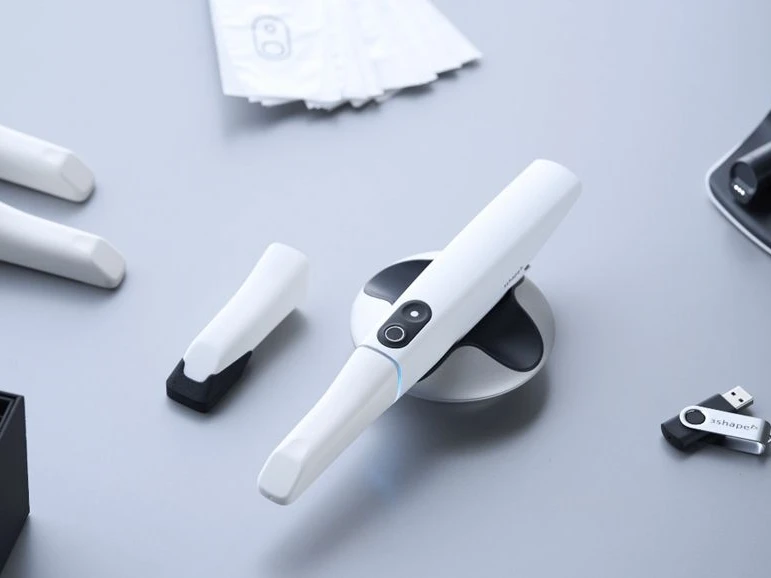
Overall, the use of intra-oral scanners can improve the efficiency, accuracy, and comfort of dental treatments while enhancing the patient experience and outcomes.
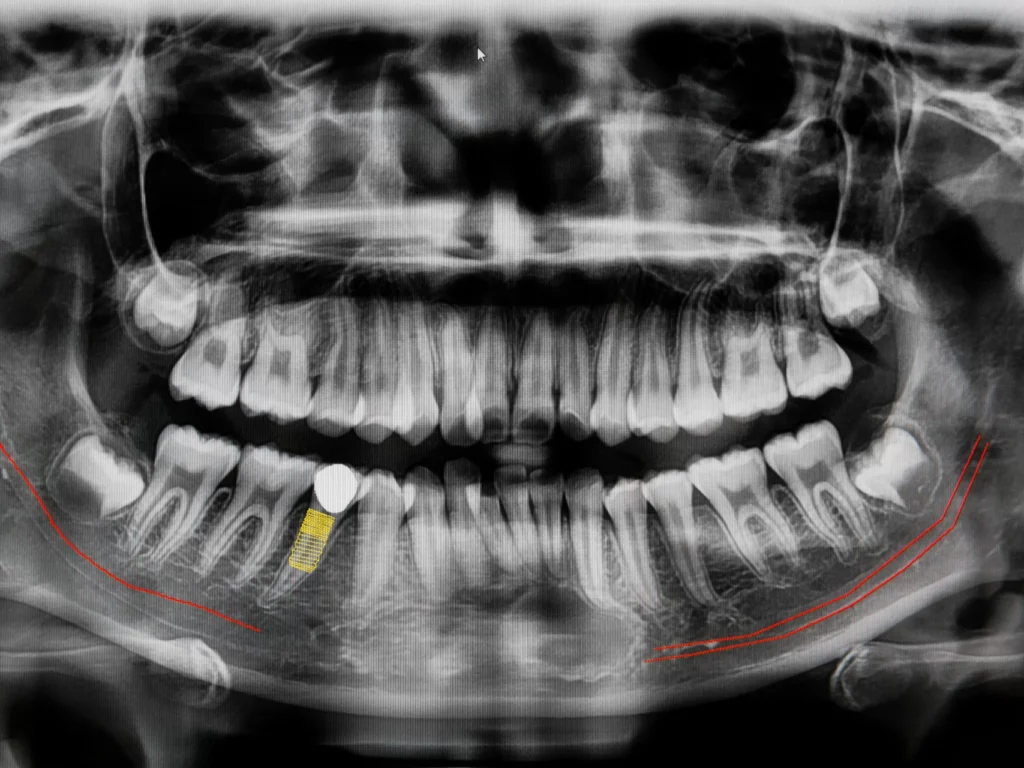
Digital sensors capture detailed x-ray images with a fraction of the exposure found in traditional film x-rays. Technological advancements in x-ray technology provide multiple benefits:
Safety | Our digital x-ray system provides up to 90% reduction in radiation compared to older film-based systems.
Time Savings | Images captured instantly with a digital sensor lessen the time you spend in the dental chair.
Better Outcomes | Improved image clarity increases our ability to diagnose and treat conditions.
Facial scanners in dentistry are revolutionizing patient care by providing high-resolution 3D images of a patient’s face and dental structures. This technology allows for more accurate diagnostics and personalized treatment plans, significantly enhancing patient outcomes and comfort. Using facial scanners, dentists can create precise models for various applications, including orthodontic treatments and dental prosthetics, which leads to streamlined workflows and reduced need for manual adjustments.
Here are some of the key benefits of using facial scanners in dentistry:
Overall, facial scanners offer a range of benefits, from improved accuracy to enhanced patient comfort, making them an increasingly valuable tool in modern dental practices.
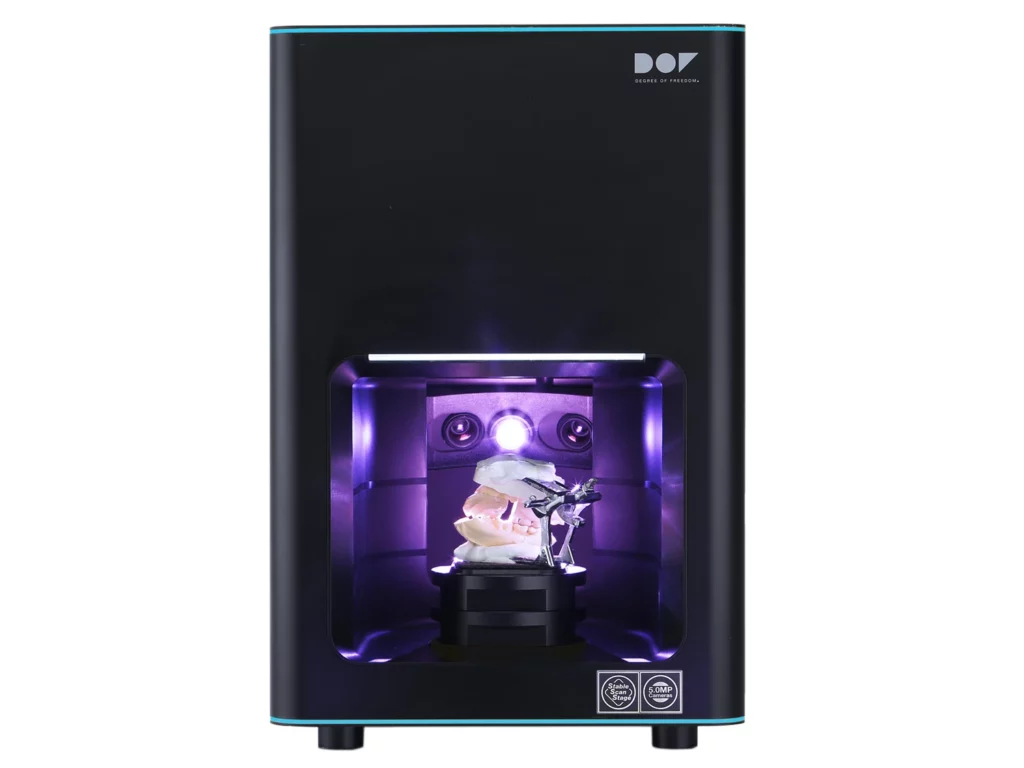
Desktop scanners in dentistry have transformed the way dental impressions and models are digitized, offering a fast and efficient method to create detailed 3D images. These scanners provide dental professionals with accurate digital data for creating crowns, bridges, orthodontic appliances, and more, streamlining workflows and enhancing collaboration with dental labs. Here are the key benefits of desktop scanners in dentistry:
Our patients are our biggest fans. Here are a few highlights from our public reviews.
Monday
8:00AM – 5:00PM
Tuesday
8:00AM – 5:00PM
Wednesday
8:00AM – 5:00PM
Thursday
7:00AM – 2:30PM
Friday
CLOSED
Saturday
CLOSED
Sunday
CLOSED
We are happy to help you book an appointment or answer your questions. Please fill out our contact form and we will get back to you shortly!